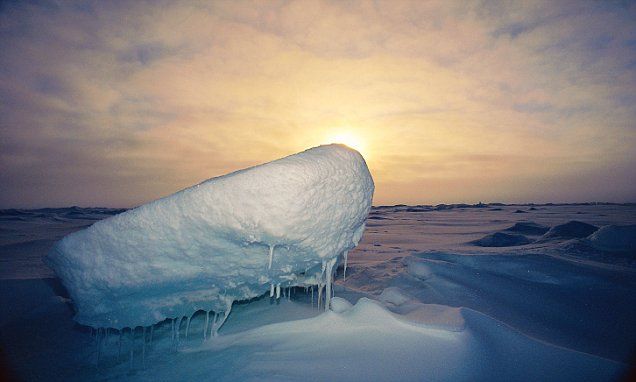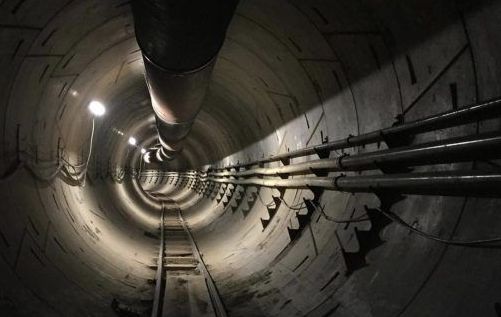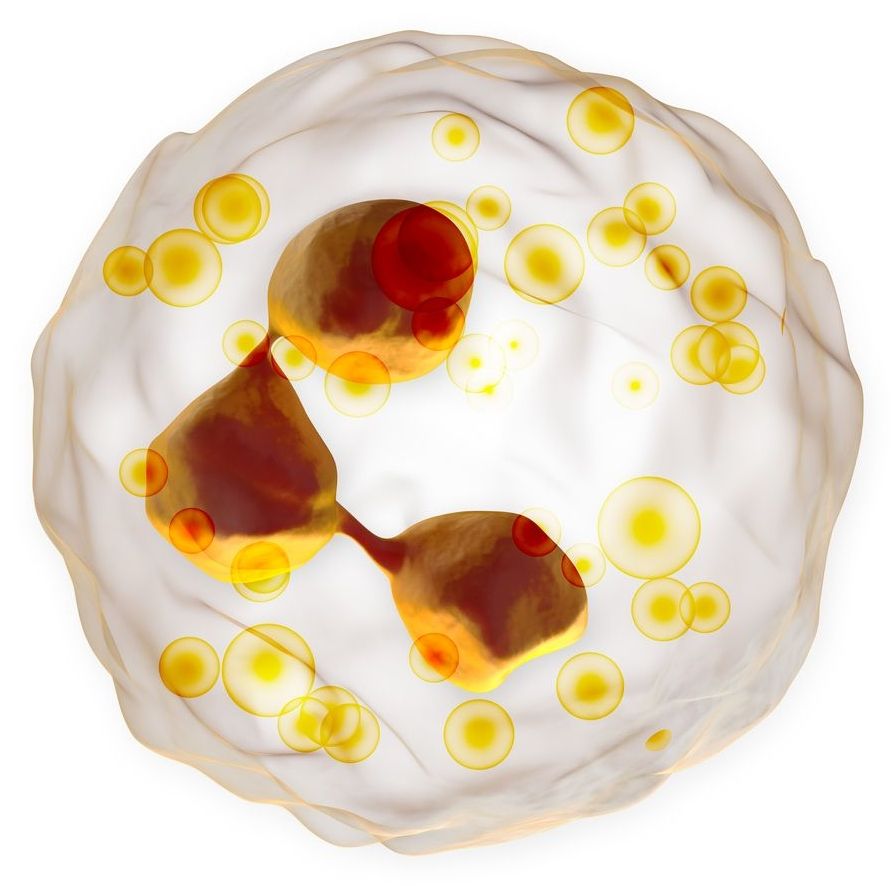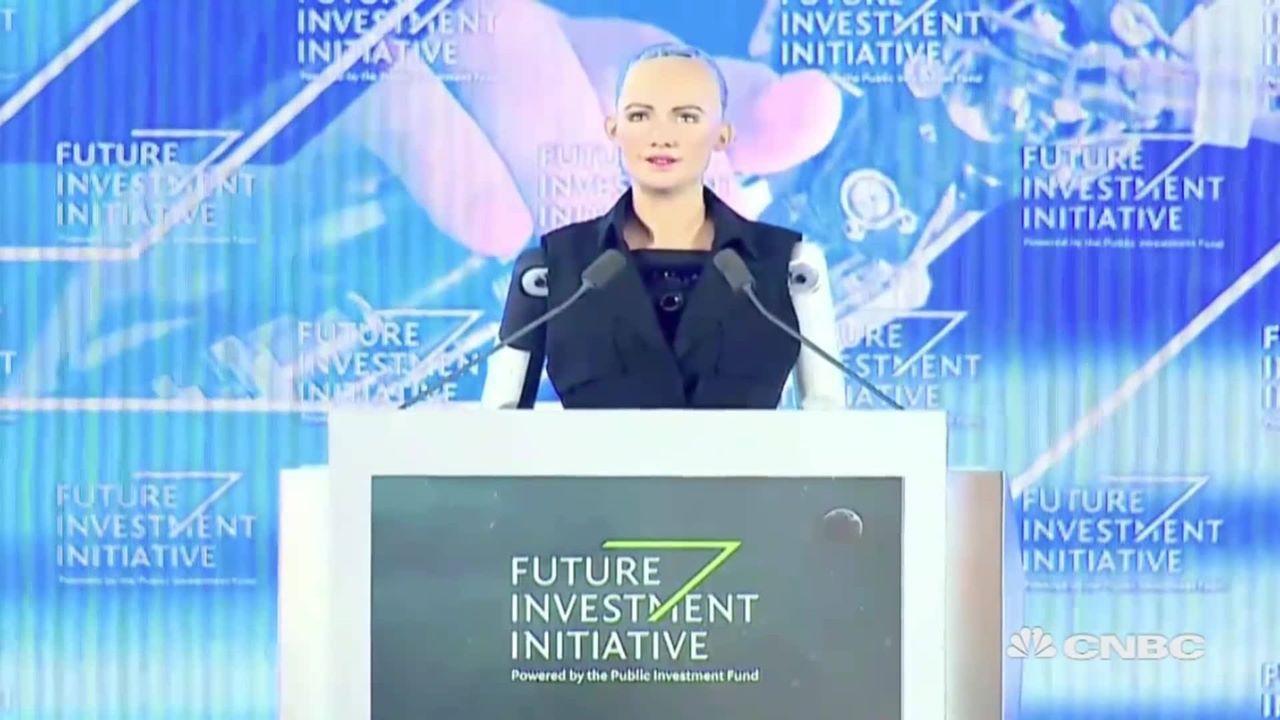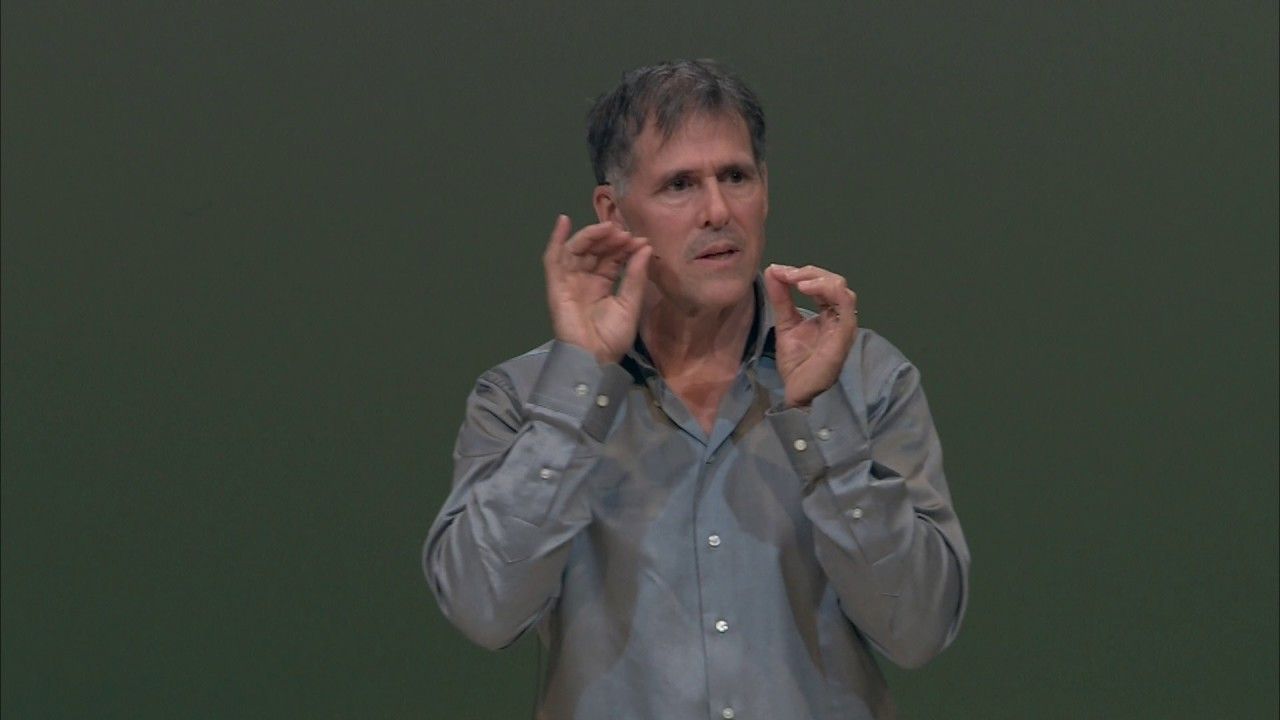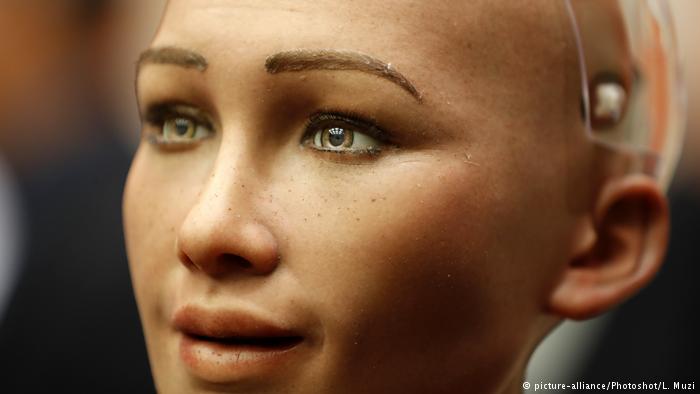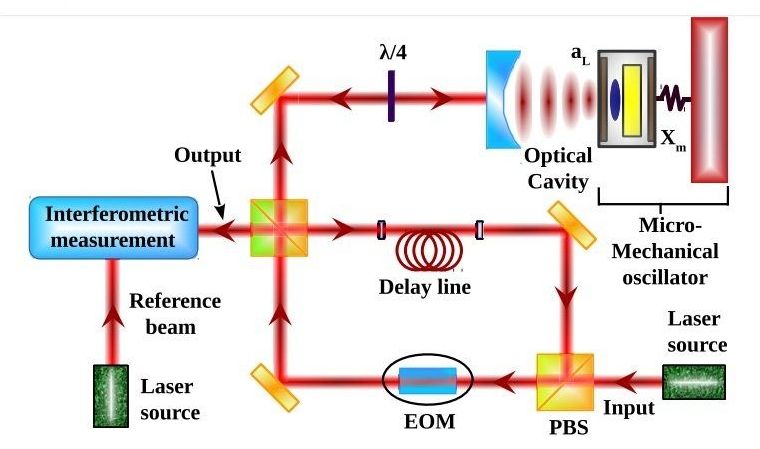
Physicists have proposed a way to test quantum gravity that, in principle, could be performed by a laser-based, table-top experiment using currently available technology. Although a theory of quantum gravity would overcome one of the biggest challenges in modern physics by unifying general relativity and quantum mechanics, currently physicists have no way of testing any proposed theories of quantum gravity.
Now a team of seven physicists from various countries, S. Dey, A. Bhat, D. Momeni, M. Faizal, A. F. Ali, T. K. Dey, and A. Rehman, have come up with a novel way to experimentally test quantum gravity using a laser-based experiment. They have published a paper on their proposed test in a recent issue of Nuclear Physics B.
One reason why testing quantum gravity is so challenging is that its effects appear only at very high-energy scales and their corresponding tiny length scales. These extreme scales, which are very near the Planck scale, are roughly 15 orders of magnitude beyond those accessible by the Large Hadron Collider (LHC), by far the world’s highest-energy experiment.
Continue reading “Physicists propose test of quantum gravity using current technology” »
